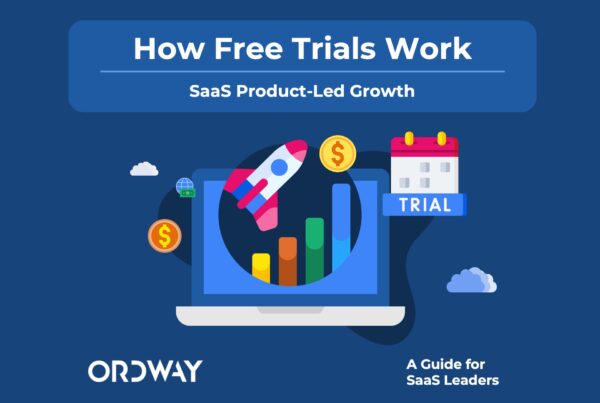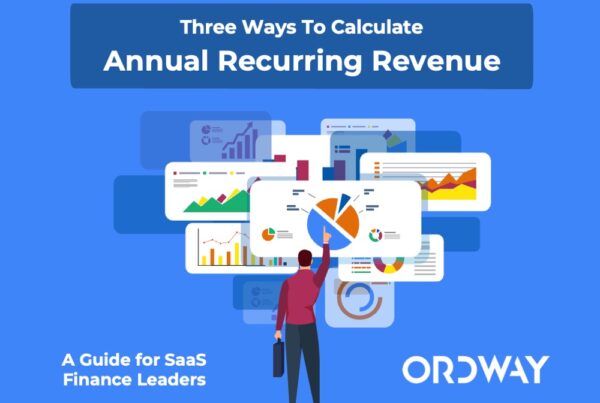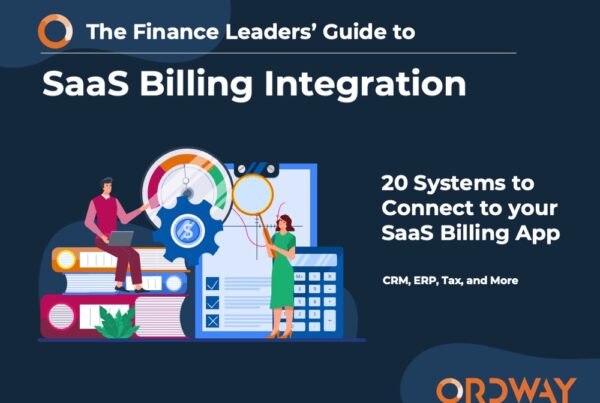Self-Service Checkout for PLG
Optimize Free Trial Upgrades for SaaS
Success with product-led growth requires optimizing all aspects of the new customer acquisition process – user registration, onboarding, product tours, email nurturing, and, most importantly – checkout. It doesn’t matter if the rest of the process is 100% optimized. If the checkout experience is ineffective, the company will struggle to meet its growth targets.
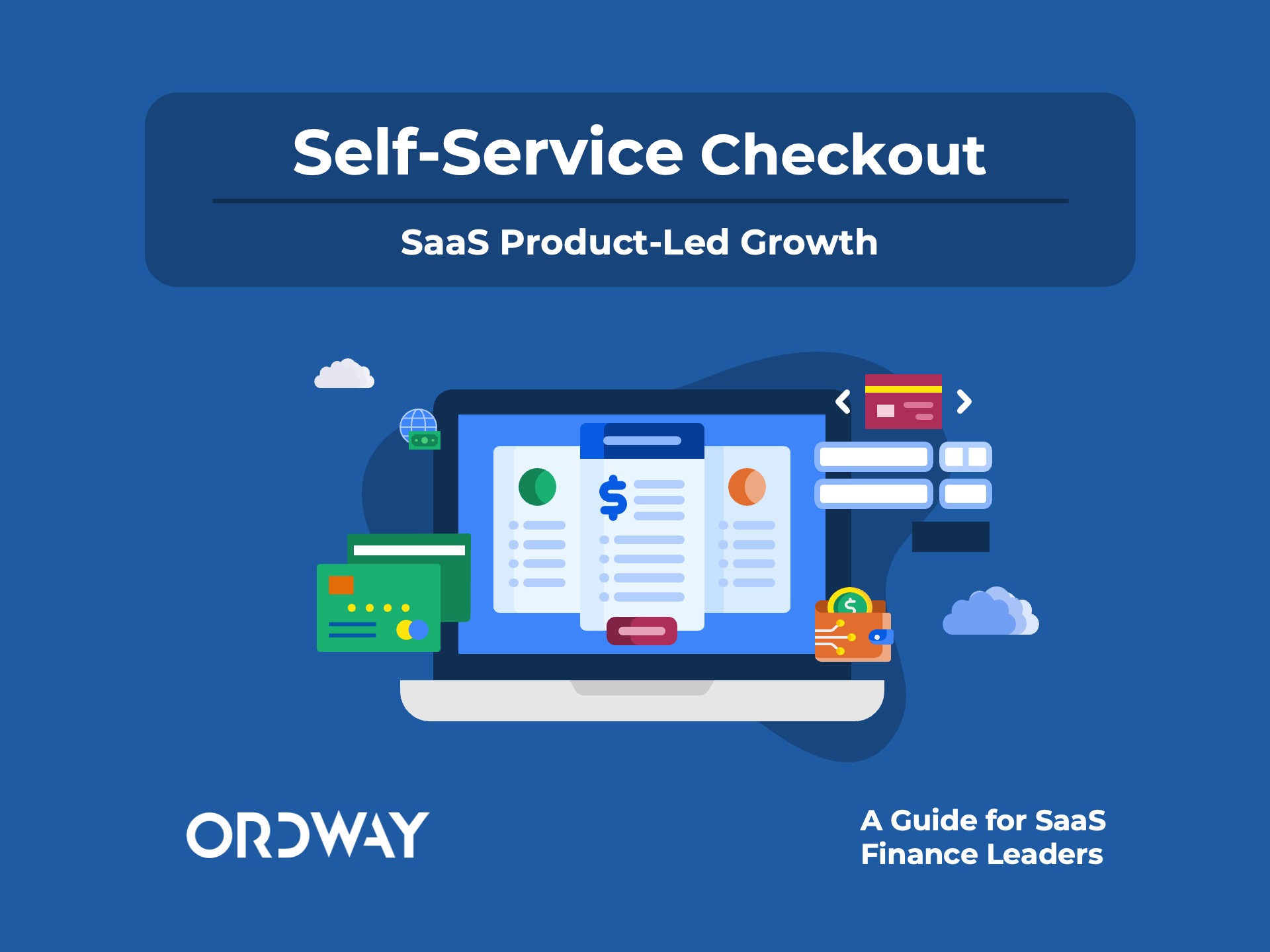
Download the eBook
Phases of the Self-Service Checkout Process
The self-checkout process can be divided into four phases:
- Plan selection – Selects the tier (e.g., good, better, best), billing frequency, and subscription length
- Shopping Cart – Reviews items, sales taxes, and totals. Makes adjustments to unit quantities.
- Payment method – Provides details needed to pay via credit card, digital wallet, or bank transfer.
- Final checkout – Opts into recurring billing and general terms. Clicks to make initial payment.
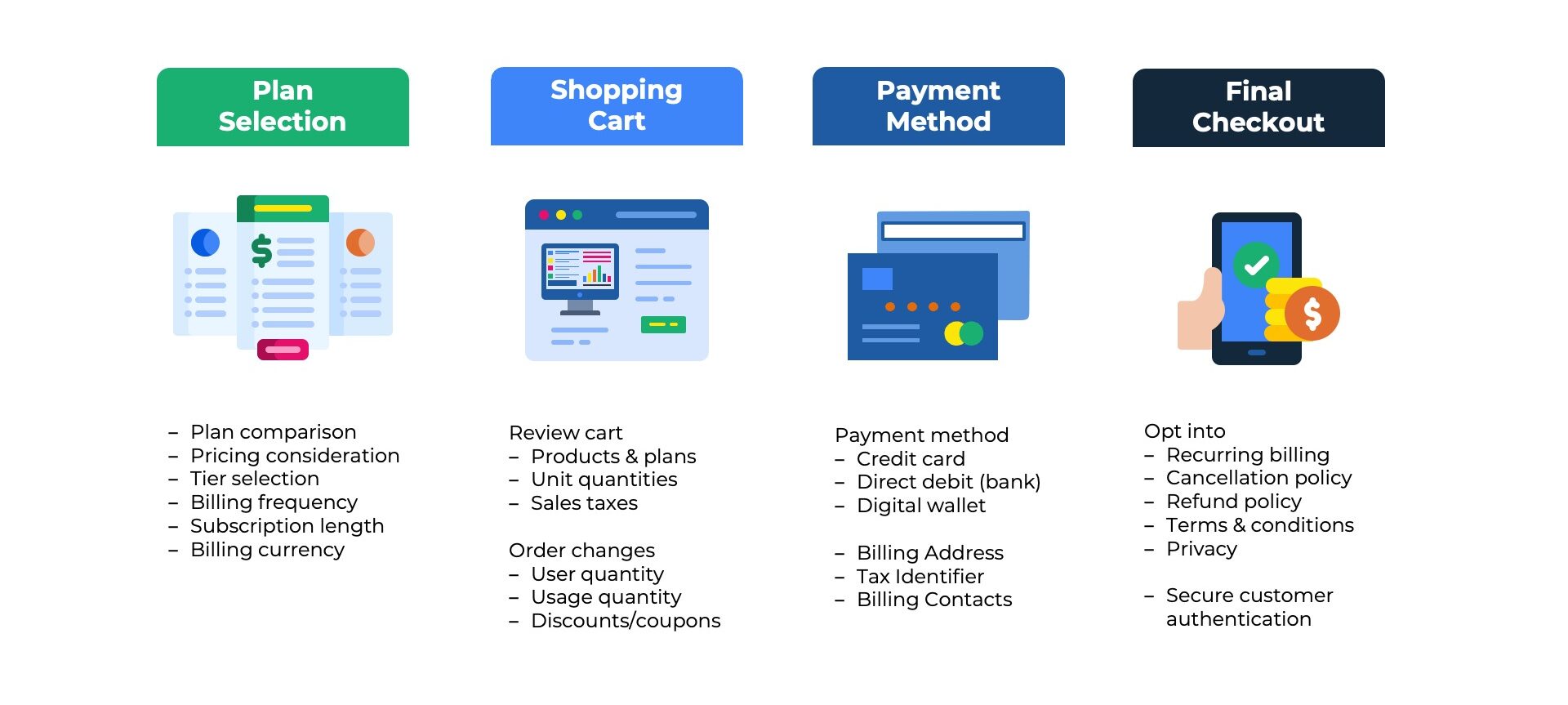
Each SaaS company approaches the checkout design differently. Sometimes, there is a one-to-one mapping between the phases above and the screens the user views. In other cases, two or more phases are combined into a single screen. In longer checkout flows, a single phase may be spread across multiple screens.
Designing the Self-Service Checkout for PLG
Designing an optimized self-service checkout process is challenging because the customer and the SaaS provider often have different goals.
Customer Goals
Minimal Time and Maximum Flexibility
Customers want a low-friction, effortless checkout experience that requires little time to complete. They also want flexibility. Most buyers are cautious when making online purchases that commit them to recurring billing. If the product doesn’t fulfill their expectations, they want the flexibility to get out of the subscription.
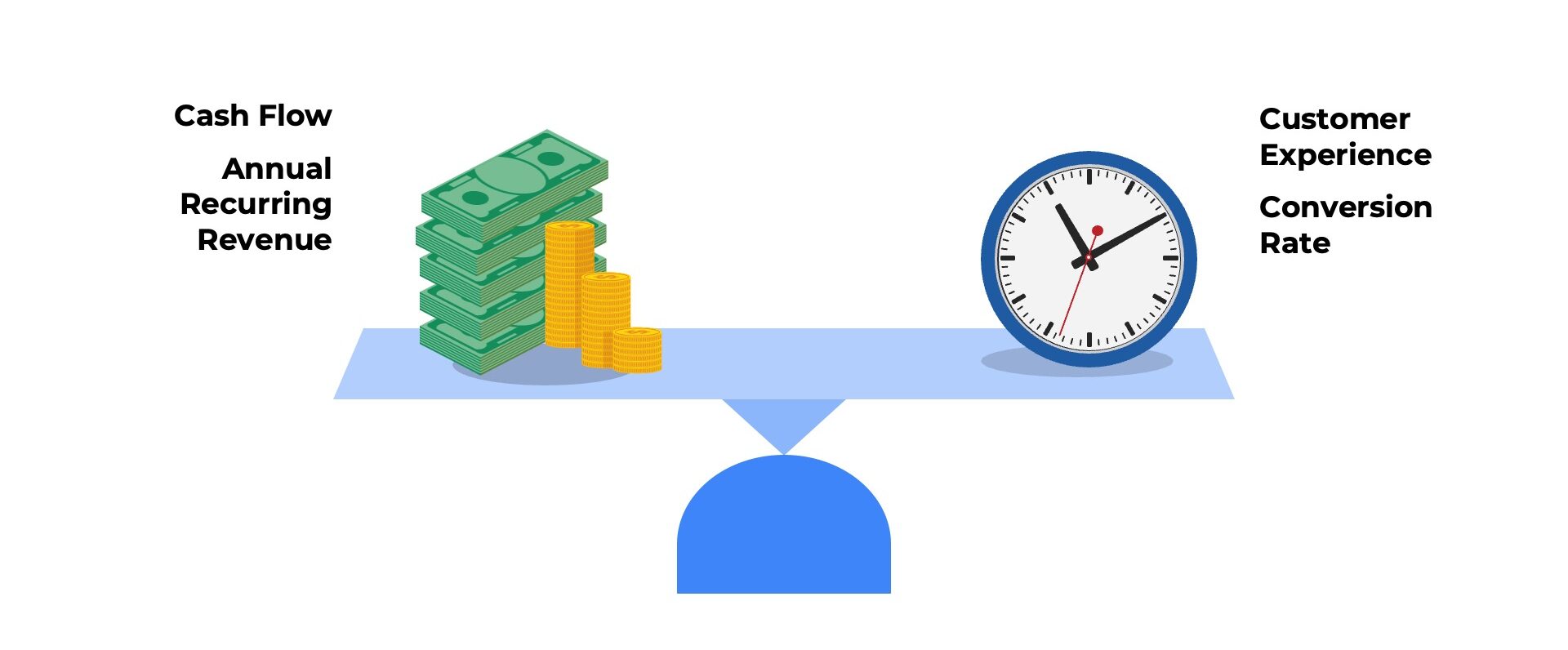
SaaS Company Goals
Committed ARR and TCV
SaaS companies share some common goals with customers. They also want the checkout process to be easy and fast to maximize the number of customers that sign up. However, SaaS providers also want to maximize their revenues. They want to take the opportunity to encourage customers to purchase more expensive offerings and to make longer-term commitments. SaaS companies also may want to more billing details to collect recurring payments throughout the lifecycle of the relationship.
Designing the Self-Service Checkout for PLG
In designing a self-service checkout experience, SaaS companies want to maximize:
- Customer Experience – Maximize customers time and effort to delight them
- Conversion Rates – Maximizing the number of upgrades from free trials to paid plans
- Cash Flow – Maximizing the number of prepay upfront annual plans (versus monthly billing)
- Revenue – Maximizing the number of customers selecting premium offerings and add-ons
All four goals must be balanced to arrive at the optimal model. There is no one “right way” to do it. Some SaaS companies optimize for minimal friction. Their checkout process has just two screens and collects only 6 to 8 data points. Others optimize for upsells and cross-sells. These checkout processes are more sophisticated, with three to four screens and 10 to 15 customer data attributes collected.
In our guide to optimizing self-service checkout for PLG, we explore these four phases in greater depth, explaining the different options SaaS companies utilize to capture data and influence customer behavior.

